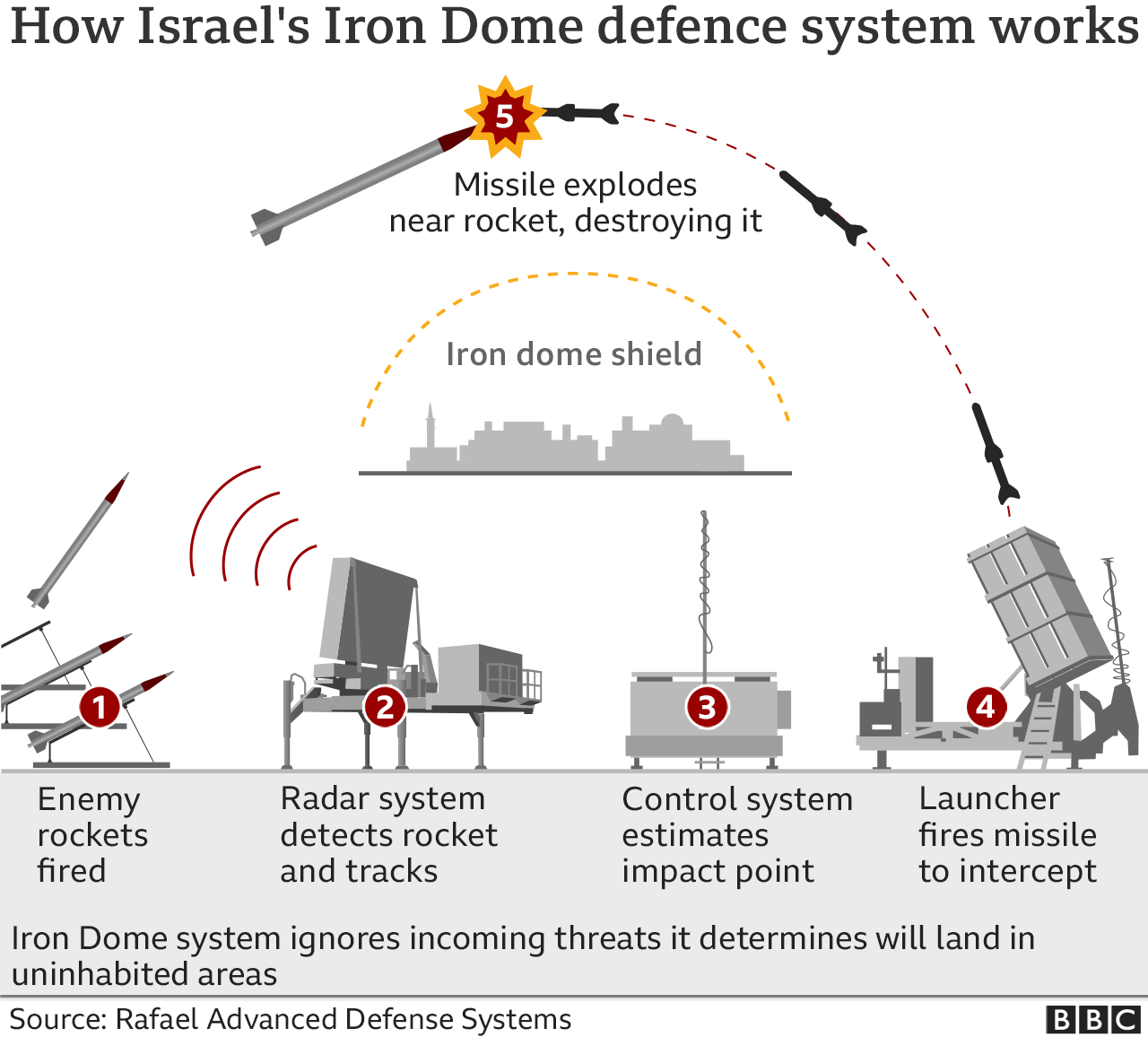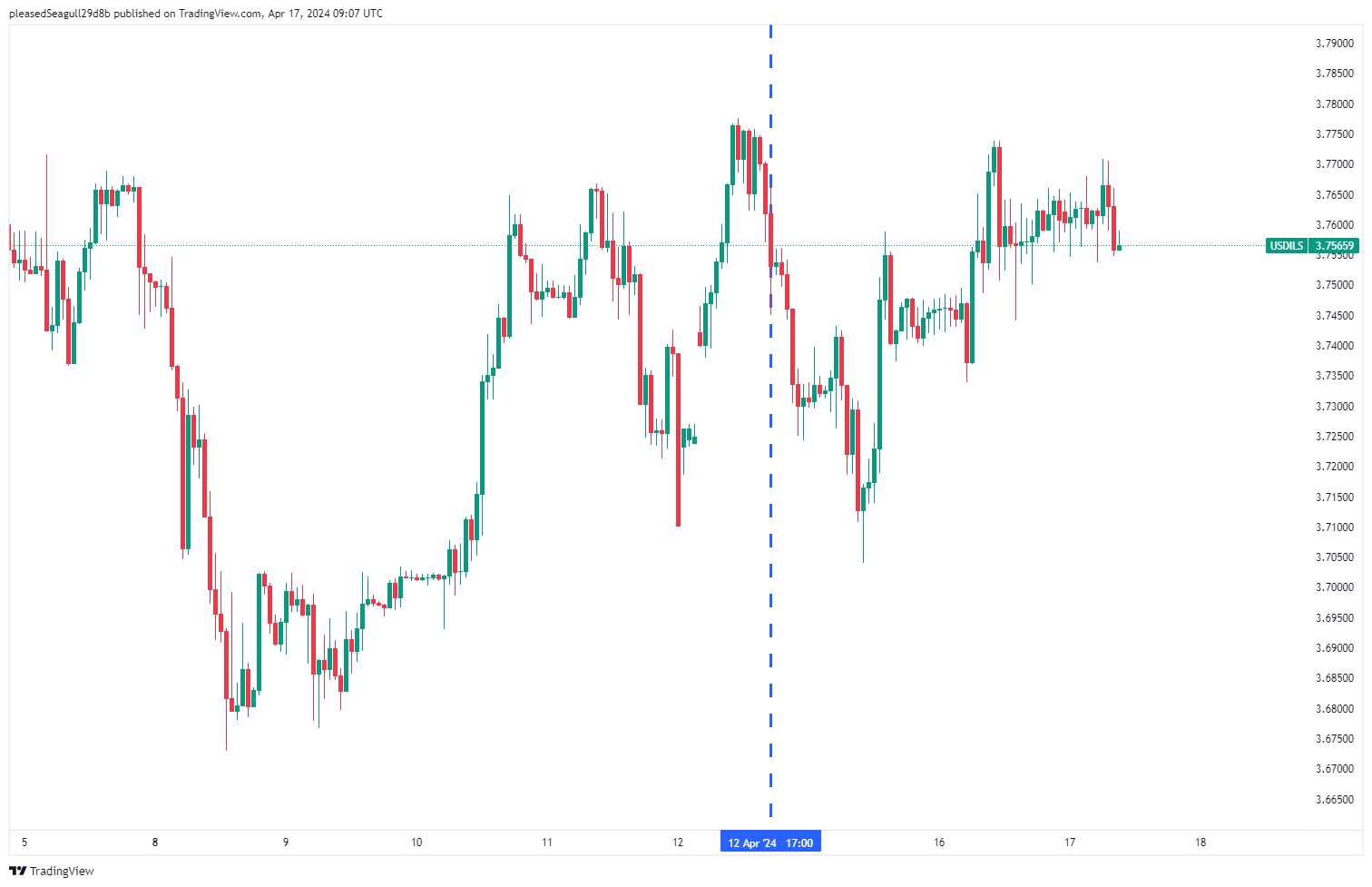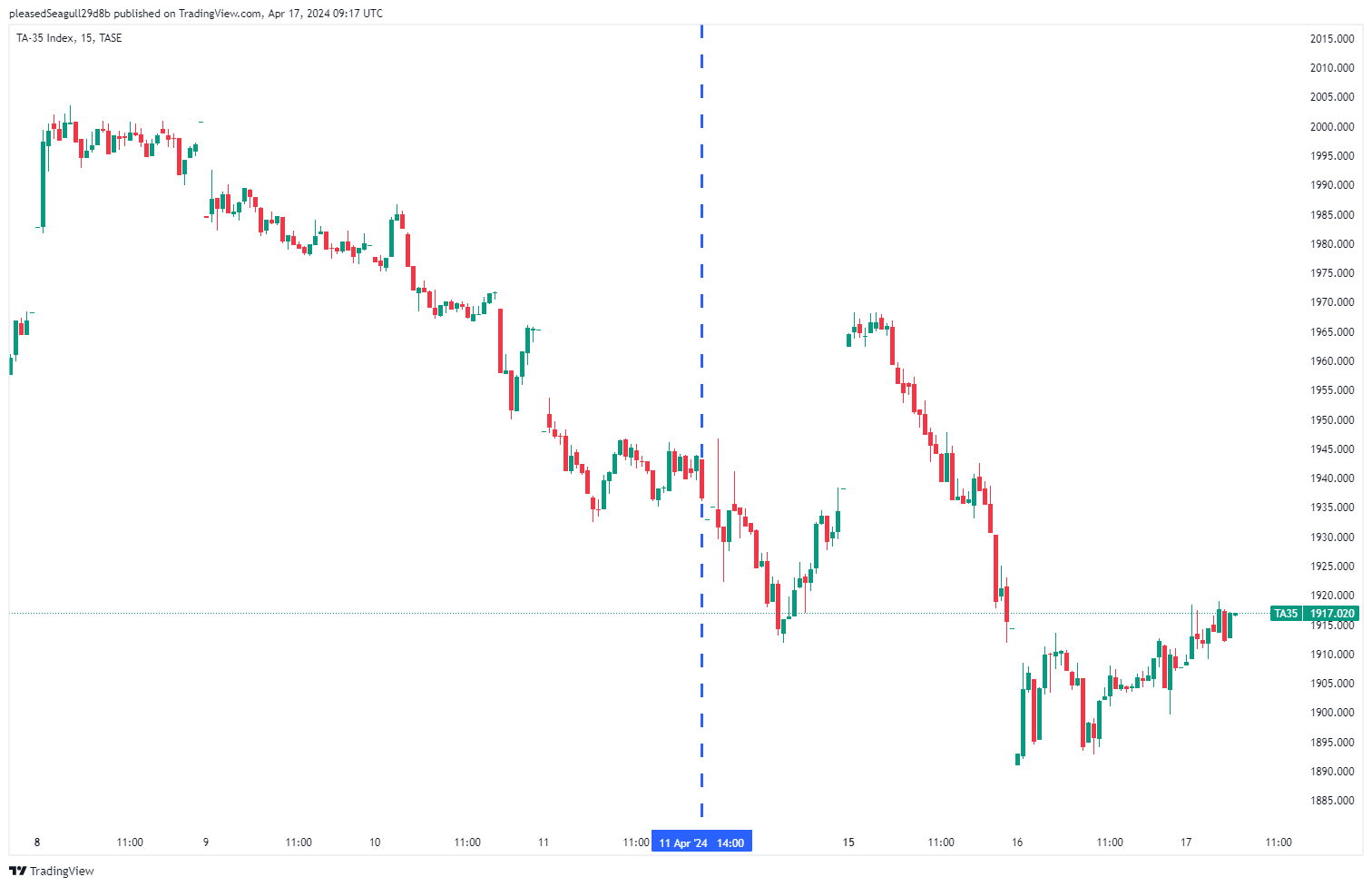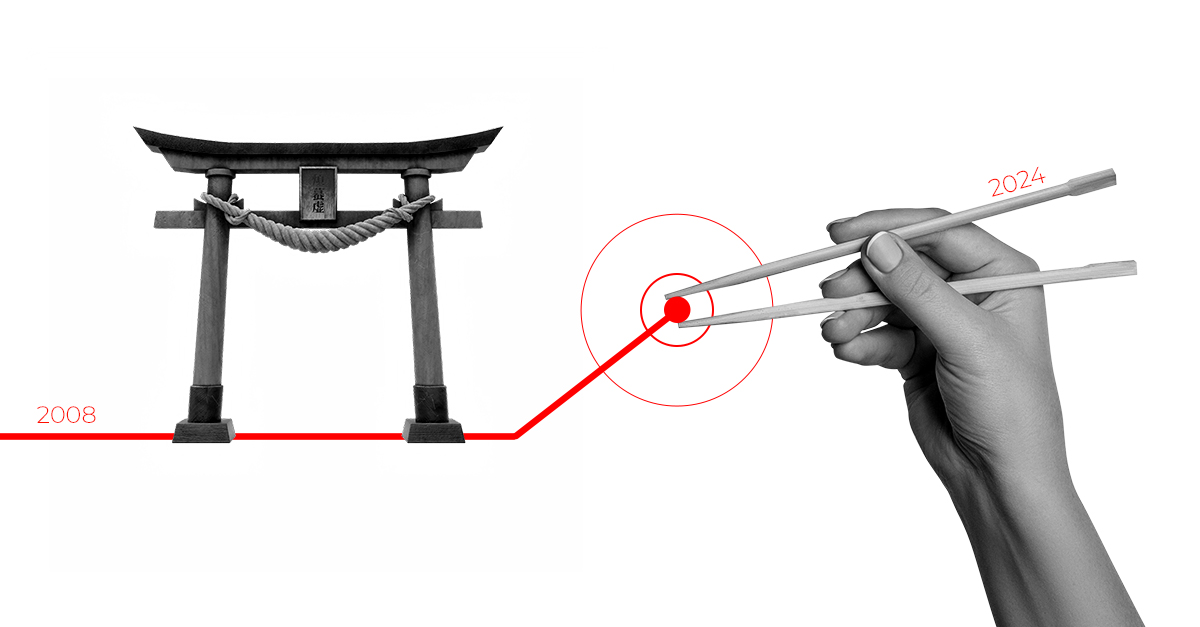The Iron Dome is an Israeli system designed to protect against kamikaze missiles and drones. Developed by Rafael Advanced Defense Systems and Israel Aerospace Industries with US support, the structure has been operational since 2011. Does Europe need a similar installation and what are the implications of having one?
Table of contents:
- What is the Iron Dome?
- How is the Iron Dome different from other anti-missile systems?
- Should we implement the Iron Dome in Europe?
What is the Iron Dome?
The Iron Dome is Israel's missile defence system, the development of which began after the 2006 conflict with Hezbollah. During this conflict, known as the Second Lebanon War, Hezbollah fired thousands of rockets at northern regions of Israel, causing significant material and human losses. A decisive response to these threats has become a priority for the Israeli government and military.
In response to the need for an effective defence against short-range rockets, the Israeli Ministry of Defence commissioned two national defence companies - Rafael Advanced Defense Systems and Israel Aerospace Industries - to develop a new missile defence system. Work on the formation, which was dubbed the Iron Dome, got into full swing and the system was officially launched into service as early as 2011.
The Iron Dome consists of three main components:
- Detection radar - detects incoming missiles and tracks their trajectory.
- Command and control centre - analyses the radar data and makes the intercept decision.
- Missile launcher - fires interceptor missiles to destroy targets in the air.

Source: BBC News
How is the Iron Dome different from other anti-missile systems?
The Iron Dome differs from other missile defence systems in several key features that make it extremely effective in specific conditions:
- Range and target: the Iron Dome is mainly designed to counter short-range (4 to 70km) missiles, including rockets, artillery mortar shells and kamikaze drones. Most other systems, such as the US Patriot or THAAD (Terminal High Altitude Area Defence), among others, are designed to intercept ballistic missiles with longer ranges and higher altitudes. Of course, Israel also has the ARROW 2 and 3 long-range defence systems, which use US Patriot missiles.
- Intercept decision: The system uses advanced radar and computer algorithms to assess which detected missiles actually pose a threat to populated or strategic areas. A counter-missile is only fired if the missile is deemed to be a threat to the target. This allows more efficient munitions management and minimises costs, as not every detected missile is intercepted.
- Mobility: the Iron Dome has both stationary and mobile launchers, allowing the system to move quickly in response to changing threats and adapt to a dynamic battlefield.
- Costs: Compared to most missile defence systems, the cost of intercepting a single missile by the Iron Dome system is relatively low. The cost of a single battery is $50m, while the cost of a single intercept is around $100-150,000. This is more than 20 times less than the US Patriot system, which costs around $3m per missile. When defending against indiscriminate missile attacks, this takes on great significance.
- Speed of response: The Iron Dome is capable of responding very quickly to incoming threats, which is crucial in the face of rocket attacks by groups such as Hamas, where missiles are often launched in short bursts.
- Effectiveness: the system has a very high effectiveness, knocking down around 90% of targets, which is extremely high for missile defence systems.
These unique features make the Iron Dome particularly useful in protecting against sporadic and low-cost missile attacks. Other missile defence systems are typically designed with a different type of threat in mind, often requiring greater long-range capability and the ability to intercept advanced ballistic and nuclear missiles.
Should we implement the Iron Dome in Europe?
The Iron Dome is a relatively short-range defence system that starts operating between 4 and 70 km away. Meanwhile, the area of the European Union is 180 times larger than Israel. Hence, covering even just key areas of Europe with a similar system will cost incomparably more.
The introduction of the 'Iron Dome' to Europe was advocated by the Prime Minister of Poland, Donald Tusk, who, during a recent meeting with the Prime Minister of Denmark, Mette Frederiksen, stated: "The construction of the Iron Dome against rockets and drones is needed (...). The recent attack on Israel confirmed how important such installations are. There is no reason for Europe not to have such a system".
The market effects of the Dome over Israel are also noteworthy. Thanks to the fact that the vast majority of Iranian missiles were shot down, the Israeli currency even strengthened by 1.6% on Monday against the end of the week, before returning to pre-attack levels.

Source: Tradingview
What's more, this avoided capital outflows from the stock market, which has only slipped 0.8% since Friday's close. Meanwhile, if the losses had reached 10% (which technically means a stock market crash), US$30 million would have been lost from the Israel Stock Exchange.

Source: Tradingview
Grzegorz Dróżdż, CAI MPW, Market Analyst of Conotoxia Ltd. (Conotoxia investment service)
Materials, analysis and opinions contained, referenced or provided herein are intended solely for informational and educational purposes. Personal opinion of the author does not represent and should not be constructed as a statement or an investment advice made by Conotoxia Ltd. All indiscriminate reliance on illustrative or informational materials may lead to losses. Past performance is not a reliable indicator of future results.
CFDs are complex instruments and come with a high risk of losing money rapidly due to leverage. 71,48% of retail investor accounts lose money when trading CFDs with this provider. You should consider whether you understand how CFDs work and whether you can afford to take the high risk of losing your money.







